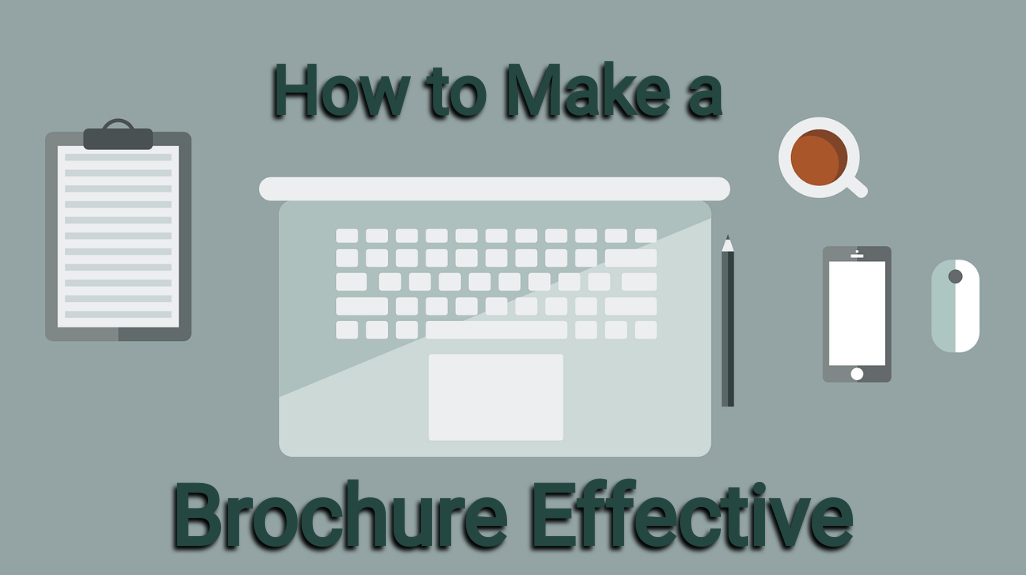Brochures are powerful tools for conveying information, promoting products, or sharing a story. However, their effectiveness depends on the careful blend of design and content. With brochure design templates, you have a head start in achieving a professionally designed and visually appealing brochure. These templates provide a framework and structure that you can customize to suit your specific needs and brand identity. Whether you’re a small business owner, a marketer, or an individual looking to showcase your work, these templates offer a convenient and efficient way to create brochures that leave a lasting impression. In this case study, we’ll explore the essential tips for how to make a brochure effective that not only catches the eye but also delivers your message effectively.
How to Make a Brochure Effective
Brochures serve as a direct communication link between you and your audience. Whether you’re promoting a business, an event, or an idea, a well-designed brochure can leave a lasting impression. But how do you ensure your brochure stands out? In today’s digital age, online brochure maker offers a convenient and impactful solution. Moreover, the online brochure maker provides the flexibility of customization without the need for design skills. You can easily tailor the layout, colors, fonts, and content to suit your brand and specific objectives. This allows you to create a unique and personalized brochure that reflects your style and grabs attention.
Let’s delve into the key aspects of design and content that make a brochure effective.
Understanding Your Audience
Before diving into the design process, it’s crucial to understand who you’re targeting. Consider demographics, interests, and preferences. Tailor your brochure to resonate with your audience, making it more likely to capture their attention.
Defining Clear Objectives
Every effective brochure starts with a clear set of objectives. Define what you want to achieve – be it promoting a product, providing information, or encouraging a specific action. Clarity in objectives guides the entire design and content creation process.
Choosing the Right Format
Brochures come in various formats – bi-fold, tri-fold, gatefold, etc. Each format has its own strengths. Choose the one that aligns with your objectives and allows for a logical flow of information.
Eye-Catching Design Tips
A visually appealing design is the first step in grabbing your audience’s attention. Play with colors, fonts, and images to create a layout that not only looks good but also conveys your brand’s personality.
Compelling Headlines and Subheadings
Craft impactful headlines for each section of your brochure. Subheadings act as guideposts, making it easy for readers to navigate and find the information they need quickly.
Incorporating Persuasive Content
The text in your brochure should be concise, persuasive, and aligned with your brand voice. Use storytelling techniques to create a narrative that resonates with your audience.
Balancing Text and Visual Elements
Maintain a balance between text and visual elements. Too much text can be overwhelming, while too few visuals might not engage your audience. Find the sweet spot for your specific message.
Call-to-Action Placement
Strategically place calls-to-action throughout your brochure. Whether it’s contacting you, making a purchase, or visiting a website, guide your readers on the next steps you want them to take.
Proofreading and Editing
Before sending your brochure to print, ensure thorough proofreading. Typos and errors can detract from your professionalism. Edit your content for clarity and impact.
Feedback and Iteration
Seek feedback from your target audience or peers. Use their insights to make necessary adjustments. The iteration process is key to fine-tuning your brochure for maximum effectiveness.
Printing Considerations
If you’re printing your brochure, consider factors like paper quality, printing method, and finish. The tactile experience can enhance the overall perception of your brand.
Measuring Effectiveness
Utilize tools and metrics to measure the success of your brochure. Analyze data to understand what worked and what can be improved for future projects.
Recommended:
Crafting the Perfect Poster: What to Avoid for Effective Design
Conclusion
Crafting an effective brochure requires a thoughtful blend of design and content. By understanding your audience, setting clear objectives, and paying attention to details, you can create a powerful communication tool that leaves a lasting impact and learn how to make a brochure effective.
Frequently Asked Questions (FAQs)
Q: How important is the choice of colors in a brochure design?
Colors play a significant role as they evoke emotions and contribute to brand identity. Choose colors that align with your brand and resonate with your target audience.
Q: Can I use the same brochure design for both print and online purposes?
While the core design elements can remain consistent, it’s advisable to optimize the design for each medium to ensure the best user experience.
Q: What is the ideal length for a brochure?
The length depends on your content and objectives. However, keeping it concise and focused is generally more effective.
Q: How often should I update my brochure design?
Regular updates are essential to stay relevant. Consider refreshing your brochure design annually or whenever there are significant changes in your brand or offerings.
Q: Are there any tools to track the performance of an online brochure?
Yes, there are various analytics tools that can track user engagement, click-through rates, and other metrics to assess the online brochure’s effectiveness.

